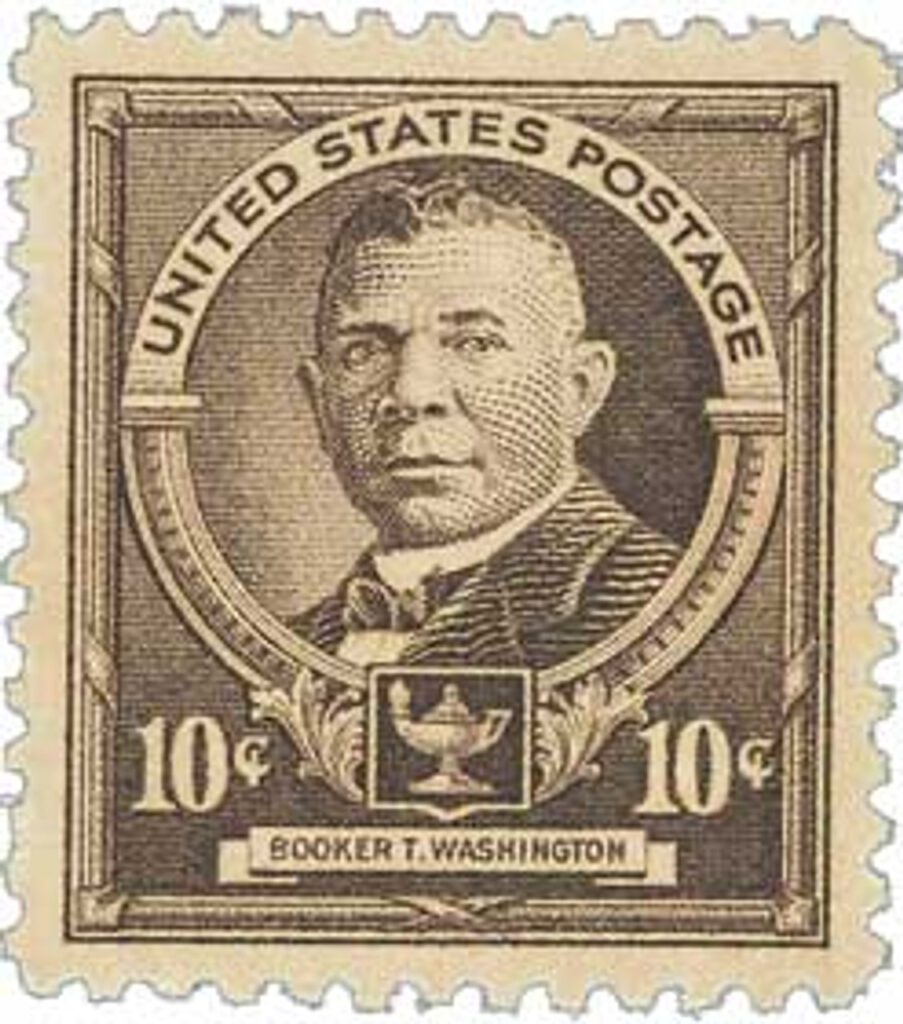On May 5, 1891, Carnegie Hall officially opened to the public with a concert conducted by Russian composer Pyotr Ilyich Tchaikovsky. Carnegie Hall has become one of the world’s most highly acclaimed venues, hosting both classical and popular music acts, as well as important speeches and gatherings.
The idea for the venue was born in 1887 when Andrew Carnegie and his new wife were traveling by ship from New York to Scotland for their honeymoon. On the boat, they met conductor Walter Damrosch from the Symphony Society of New York and the Oratorio Society of New York. The couple befriended Damrosch and invited him to visit them in Scotland. During that visit, Damrosch shared his idea for new concert hall in New York City. He explained that his symphony struggled because there weren’t many venues in the city large enough for their concerts. Carnegie was moved by his idea and offered to donate a large sum of his own money to fund its construction.
Upon returning to New York, Carnegie established The Music Hall Company of New York, purchased land on Seventh Avenue, and hired architect William Burnet Tuthill. Construction on the hall broke ground on May 13, 1890, with Carnegie’s wife cementing the cornerstone. The six-story building included three performance spaces, plus assembly rooms on the upper floors for lectures, receptions, meetings, and more.
Construction was completed in under a year and it officially opened on May 5, 1891. Damrosch conducted the symphony’s performances of “America,” Beethoven’s Leonore Overture No. 3, and the New York premiere of Berlioz’s Te Deum. Famed Russian composer Pyotr Ilyich Tchaikovsky conducted his Marche Solennelle. The hall was considered an immediate success and people remarked on the quality of the music as well as the beauty of the building. One newspaper wrote, “Tonight, the most beautiful Music Hall in the world was consecrated to the loveliest of the arts.”

The venue was originally called the Music Hall, but at the time, music hall often referred to vaudeville acts, not prestigious musical performances. So, the venue was named after its founder, becoming Carnegie Hall. In 1892, the Philharmonic Society adopted the hall as its home. The Symphony Society was already in residence there and this started a rivalry that lasted until they merged in 1928 to become the Philharmonic–Symphony Society of New York.

In the years to come, it became commonplace for orchestras to tour and Carnegie Hall quickly became one of the most important venues to play. It became a point of pride for local orchestras to return home after playing at Carnegie Hall. The hall also became a favorite for many renowned conductors. Arturo Toscanini conducted the New York Philharmonic and the NBC Symphony there for 28 years and raised $10 million for the war effort in 1943. That same year, Leonard Bernstein made his conducting debut there and went on to appear at the hall over 400 times during his career.
While the hall’s early years saw mostly classical performances, it has also hosted jazz, folk, and pop musicians. One of the first jazz performances there came in 1912, when the hall presented James Reese Europe’s Clef Club Orchestra. Notable performers over the years included W.C. Handy, Louis Armstrong, Count Basie, Billie Holliday, Dizzy Gillespie, Ella Fitzgerald, Sarah Vaughan, Miles Davis, and Benny Goodman. Other notable artists to perform at Carnegie Hall have included Woody Guthrie, Bob Dylan, Josephine Baker, Enrico Caruso, Paul Robeson, Lily Pons, Judy Garland, Nat King Cole, Lena Horne, Frank Sinatra, Liza Minnelli, Tony Bennett, The Rolling Stones, The Doors, Elton John, David Bowie, and Stevie Wonder. The Beatles performed their first New York concert there in 1964.
When it was founded, Carnegie wanted the hall to be a public forum for all aspects of culture. So, in addition to music, it has hosted several notable speeches by Jack London, Winston Churchill, Mark Twain, and Booker T. Washington. Carnegie Hall was designated a National Historic Landmark in 1963 and was restored and expanded in the 1980s.
You can find out a lot more on the Carnegie Hall website.
| FREE printable This Day in History album pages Download a PDF of today’s article. Get a binder or other supplies to create your This Day in History album. |
Discover what else happened on This Day in History.






Jethro Tull played their as well!